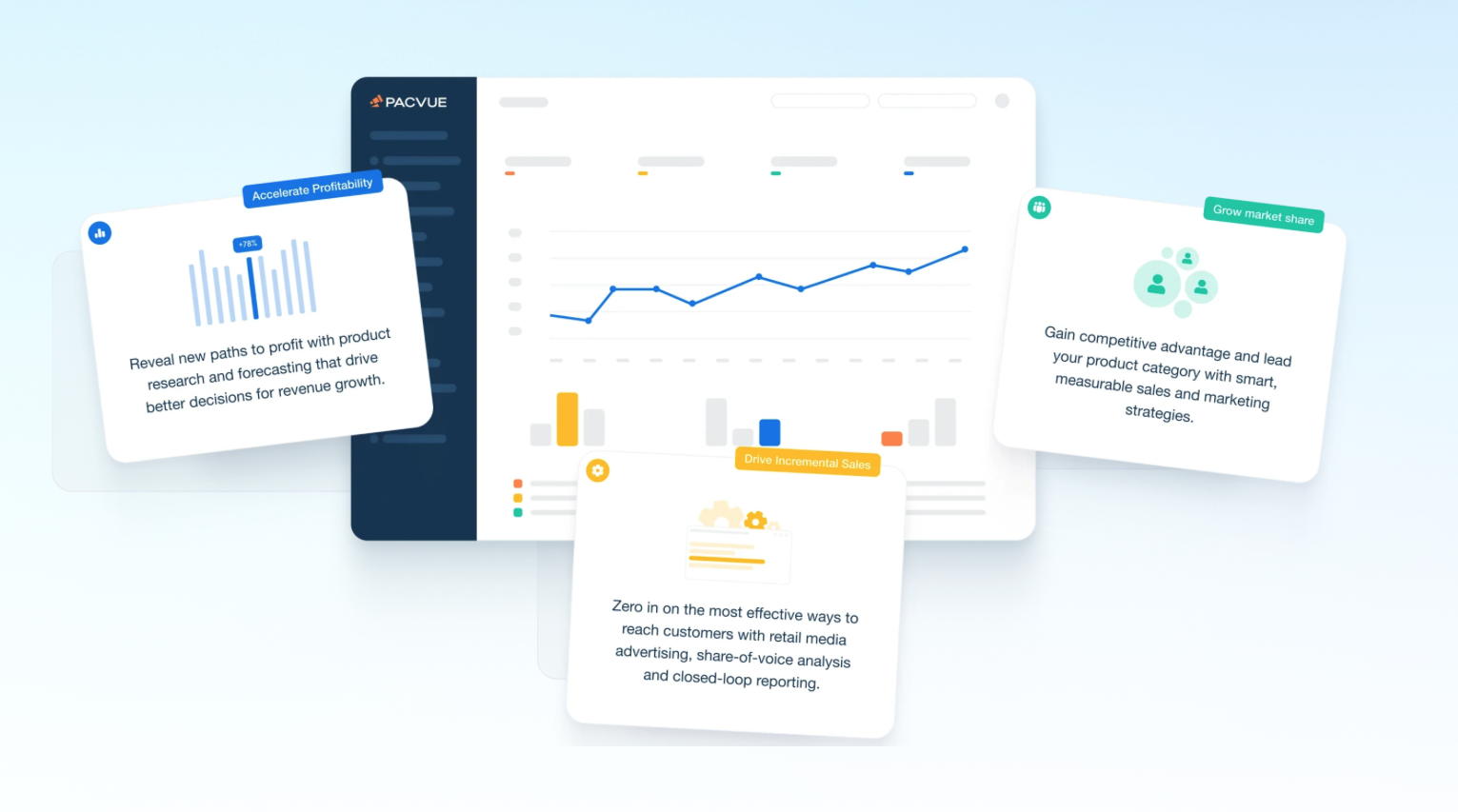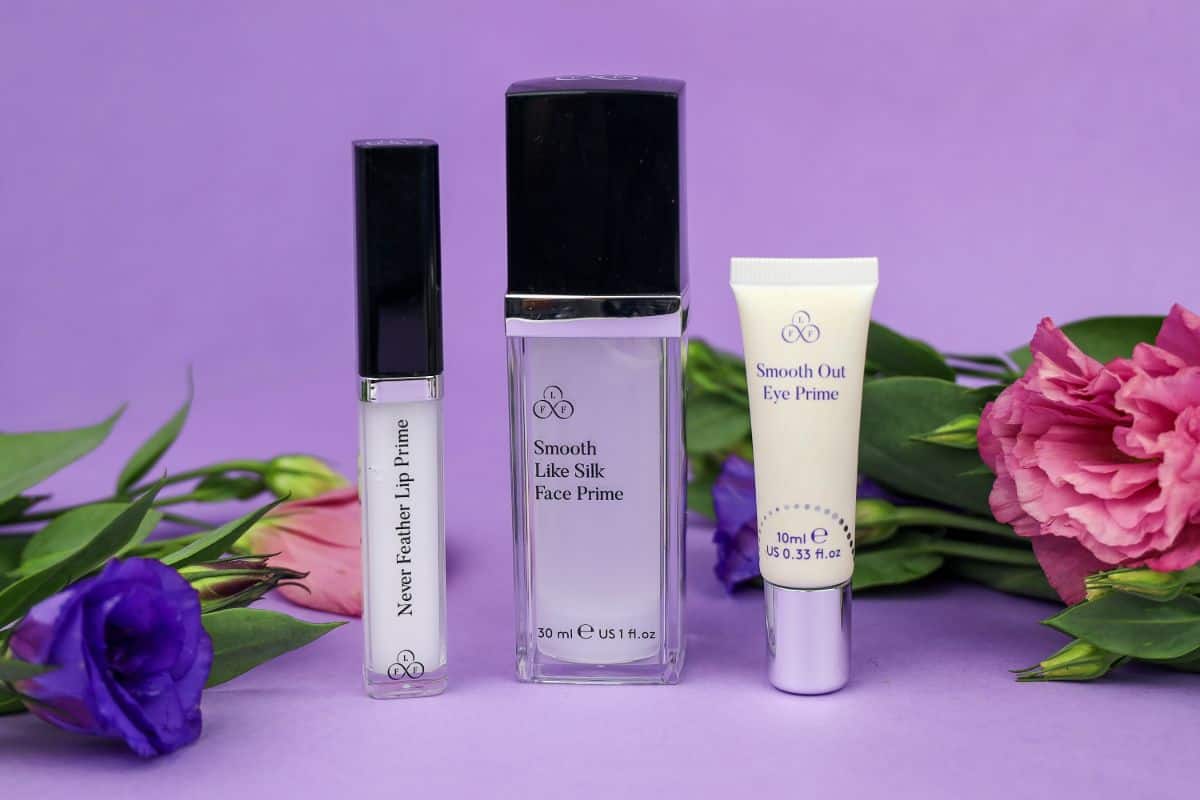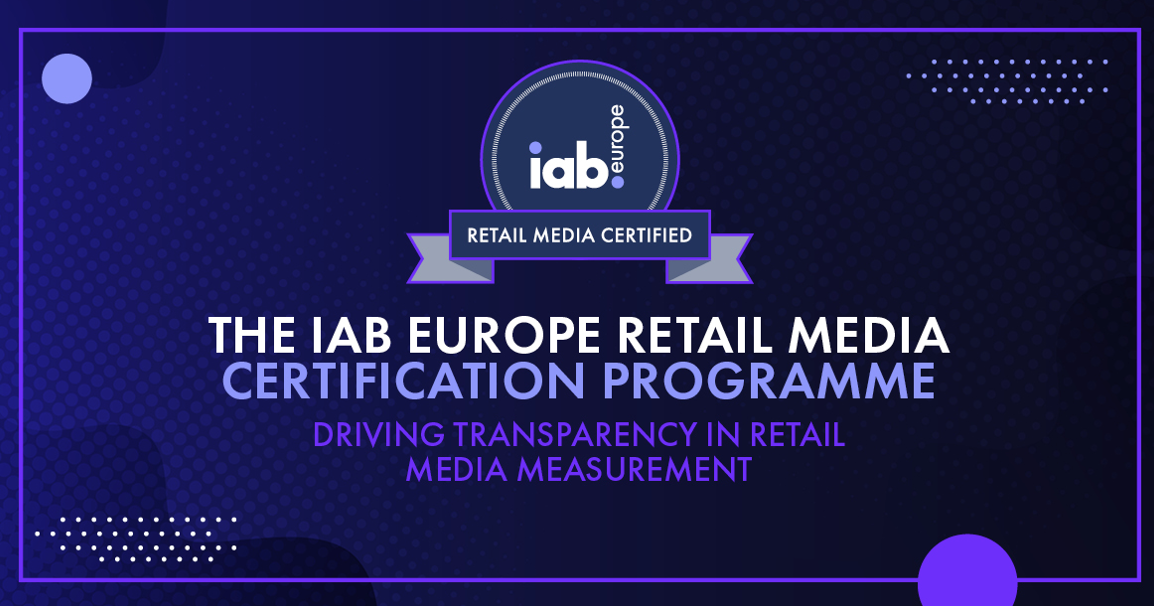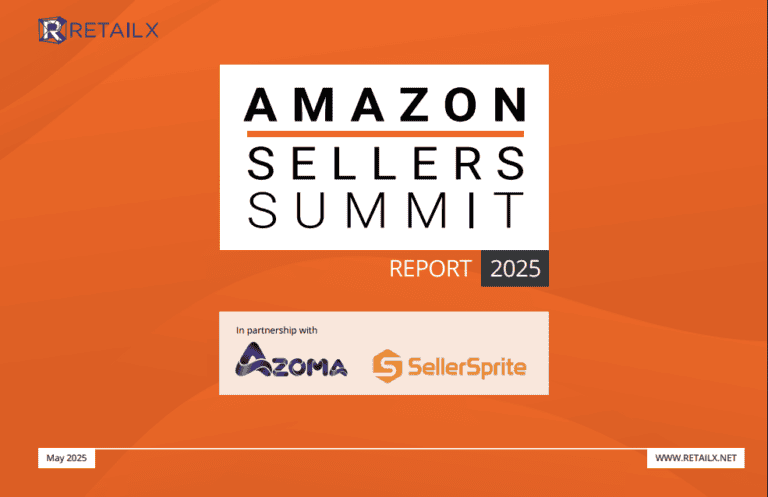A lot of brands use ROAS and ROI as their main KPI – these are seen as the best measures of success for retail media. Marketers also like the immediacy and predictability of ROI and ROAS, compared to the much longer wait for results from media mix modelling (MMM) and multi-touch attribution (MTA) studies. We have written before about the ROAS and ROI debate.
However, the marketing community is recognising that these measures – although common – are far from perfect. Advertisers are looking at their retail media investments to deliver against their ‘jobs-to-be-done’. And the ultimate objective is incremental volume and sales growth and to deliver new to the category or the brand.
For that reason, incremental lift has become among the most important metric for advertisers.
This is referred to as iROAS (incremental return on ad spend) measures the additional revenue generated directly from retail media advertising spend, isolating sales that wouldn’t have occurred without the ad investment. It helps advertisers understand the true impact of their campaigns by focusing on incremental growth rather than total sales.
Before we talk about incrementality, lets remind ourselves of the issues with ROI and ROAS:
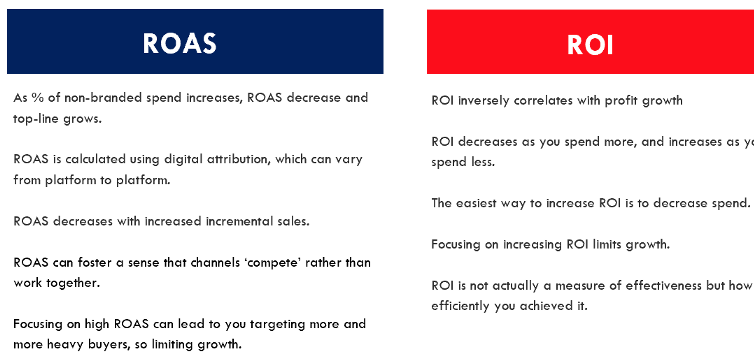
ROI, iROAS and ROAS: All is not what it seems
Layering iROAS into a debate about the efficacy of ROI and ROAS is also not the full picture.
At the Ascendant Network’s Retail Media event in Palo Alto, there was a discussion on the merits of ROAS versus incremental ROAS (iROAS). A quick straw poll of brands, retail media networks, and technology partners asking to rate their sentiment towards ROAS on a scale of 1 to 5 (with 5 being highly favourable and 1 being strongly opposed). Surprisingly, the consensus was clear: no participant rated ROAS higher than a 3, and the majority settled at a 2. This revealed a shared acknowledgment that ROAS, in its current form, may not be the most effective metric for measuring retail media success.
The concerns surrounding ROAS are well-founded. The reason is simple: these measures do not consider anything else that is going on in the wider world. Existing brand equity levels, quality of creative, stock availability, position on page or in-store, price promotion by the brand or competitors are not considered. And then there is the different attribution window operated by the retail media network (14-day, 28 day) which are not the same as the purchase cycle for many products.
In other words, ROAS and ROI strips out context and provide only a general understanding of the reality.
With respect to media mix modelling (MMM), there is the very real challenge of getting qualified data from retailers that is granular in terms of weekly, daily, as well as impression and spend.
These additional inputs are what make retail media so difficult to measure. They’re also what makes those “apples to apples” comparisons with other media e.g. TV, outdoor often so misleading. The only ‘apples to apples’ comparison that matters is when we are talking about brand safety, ad viewability, or fraud, where advertisers and retailers need to apply the same standards across all media.
Pacvue’s new Incrementality Platform
The news from Pacvue – the platform for advertisers to manage their digital commerce and retail media business – have launched an Incrementality Console with an iROAS dashboard is very interesting.
Pacvue say that this dashboard “helps brands and agencies answer a critical question: Would a purchase have happened without advertising?”
They claim that “most models rely on limited variables, but Pacvue’s iROAS Dashboard uses advanced machine learning and multiple data sources to deliver the most accurate measure of incremental growth.”
Pacvue iROAS is available across Amazon, with retailers to be added over the coming months.
The fact that the iROAS is available on a dashboard is going to make reporting easier.
What about the Retail Media Networks?
Competitors to Pacvue, advertisers and RMNS must adapt to this shift, to ensure retail media investments answers the questions about measurement that continually occur, as well as to really align with genuine growth objectives and deliver tangible, incremental outcomes.
The true power of closed-loop measurement emerges when retail media metrics are integrated with a brand’s own internal measurement systems. As retail media continues to mature, it’s imperative for retail media networks to support brands by providing data that aligns with their specific measurement needs. This means delivering the right data, in the preferred format, at the appropriate time, and through the desired channels.
